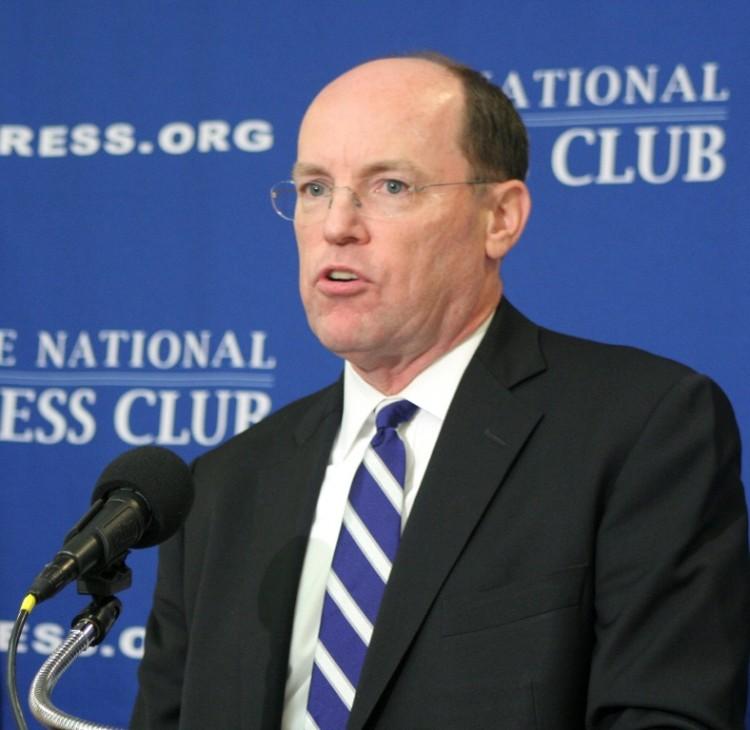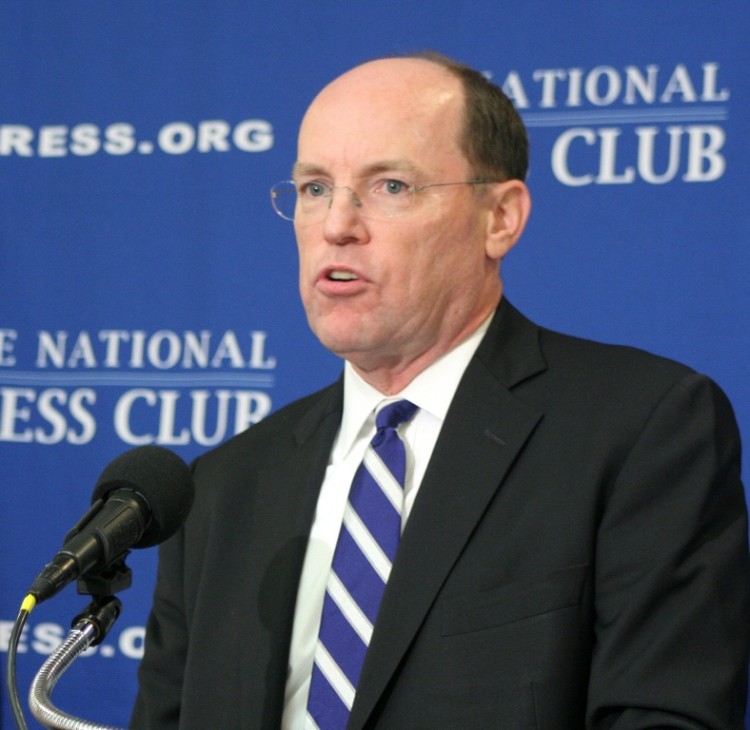WASHINGTON—When investment bank Lehman Brothers filed for the largest bankruptcy in the history of the United States four years ago on Sept. 15, 2008, shock and fear spread throughout the global financial system. The underlying weakness of the financial system was fast becoming transparent. The collapse of other banks was imminent; ultimately the whole financial system was threatened.
There would be no government rescue of investment bank Lehman Brothers as there had been for Bear Stearns earlier that year. Panic followed the decision not to save Lehman. The federal government, with Treasury Secretary Hank Paulson from the Bush administration at the helm, set upon preventing the nation’s leading financial institutions from sliding into bankruptcy. Hurriedly, emergency measures were taken to avert another Great Depression. The federal government authorized $700 billion to stabilize banks under TARP (Troubled Asset Relief Program) passed in October 2008.
No doubt the country paid a heavy price—the worst financial crisis since the Stock Market Crash of 1929 and the worst economy since the Great Depression in the 1930s. But surprisingly, little research has been done to put a dollar figure on the full cost of the crisis that Wall Street indisputably played a leading role in creating.
A new report from Better Markets gathers data from several reputable sources, drawing on numbers from the Congressional Budget Office, Bureau of Labor Statistics, Census Bureau, and well-known economists Alan Binder and Mark Zandi, and comes up with a number. Better Markets is a Wall Street watchdog that “promotes and protects the public’s interest on Wall Street and through the financial reform process,” according to its website.






